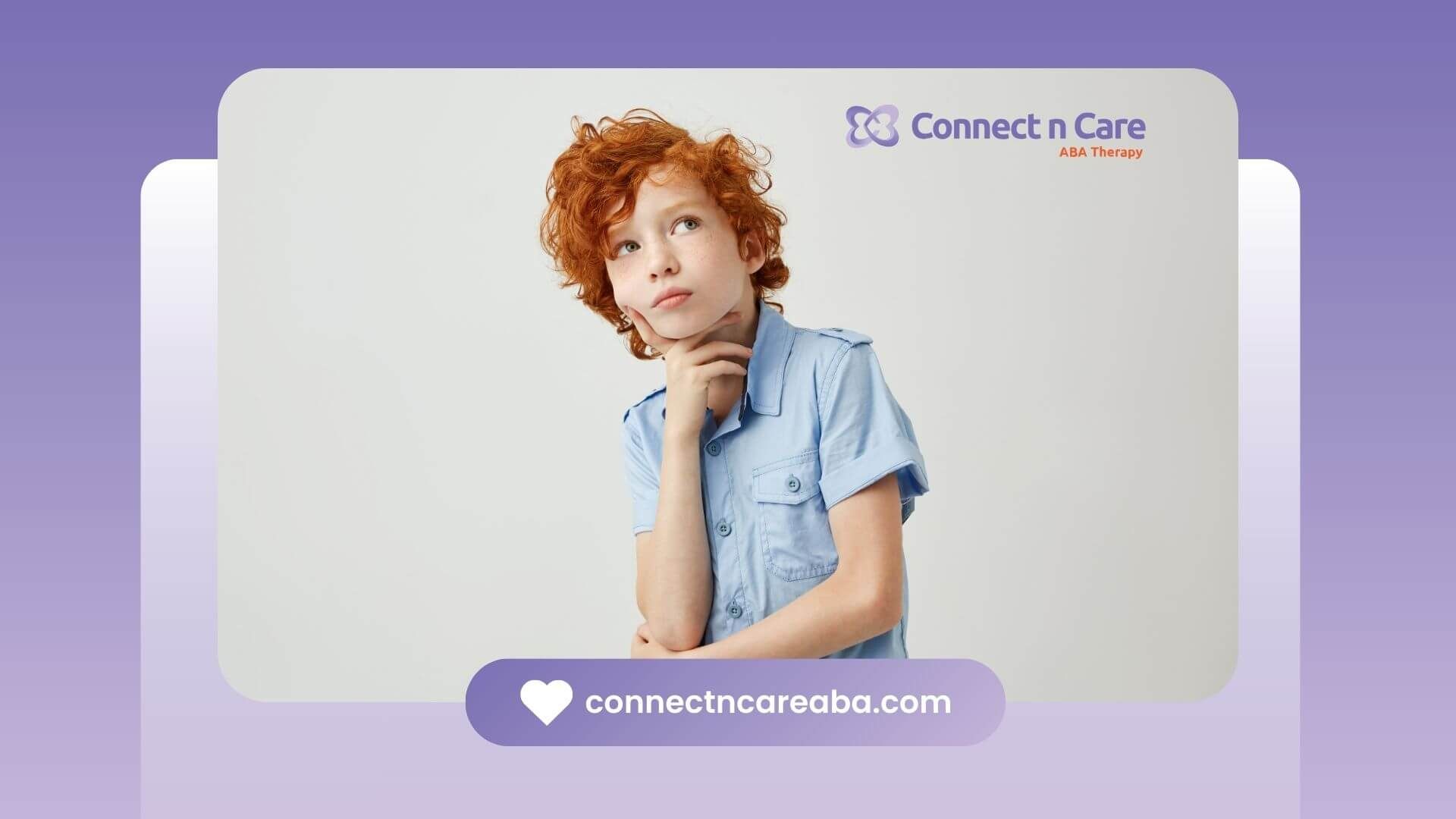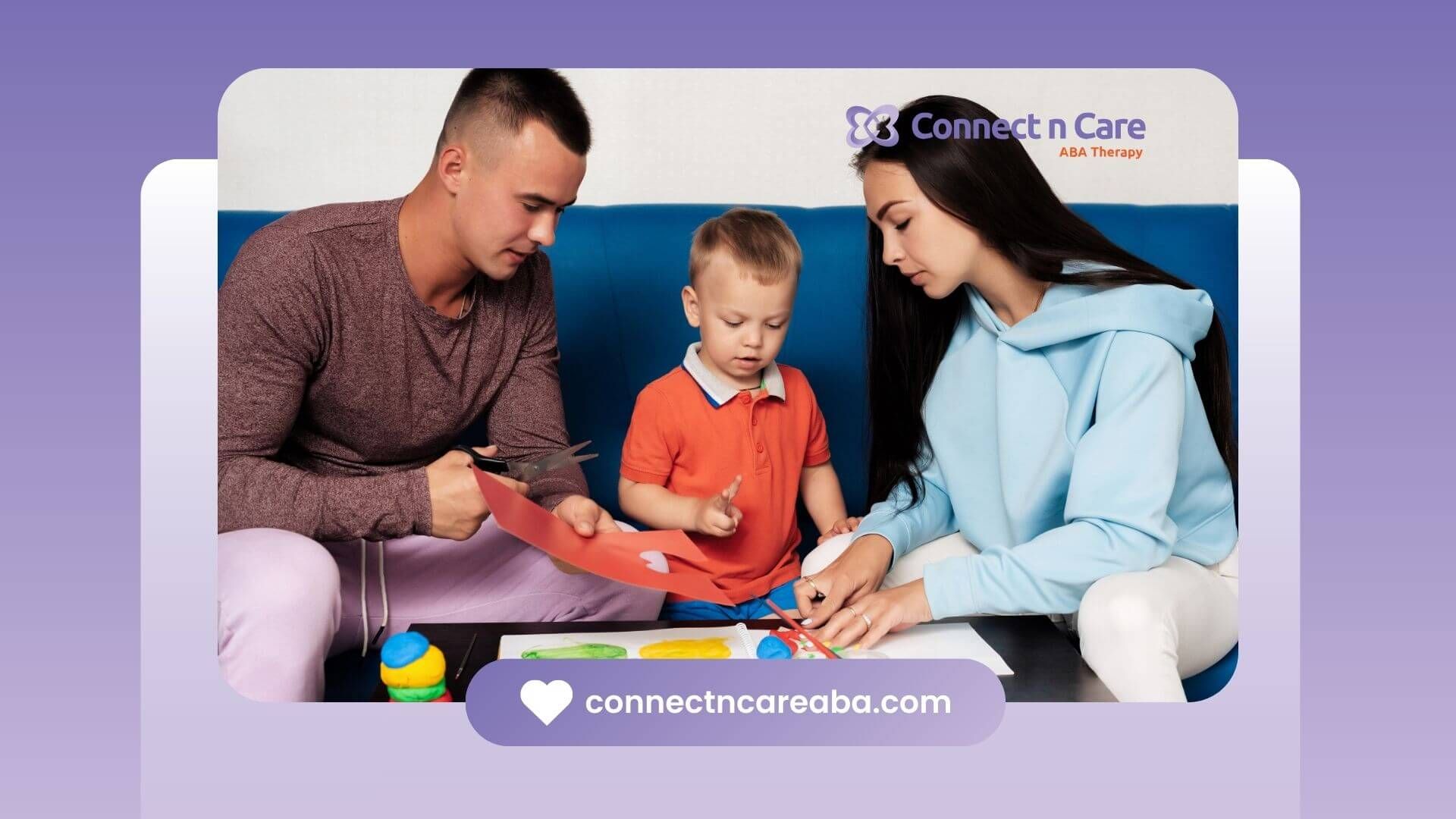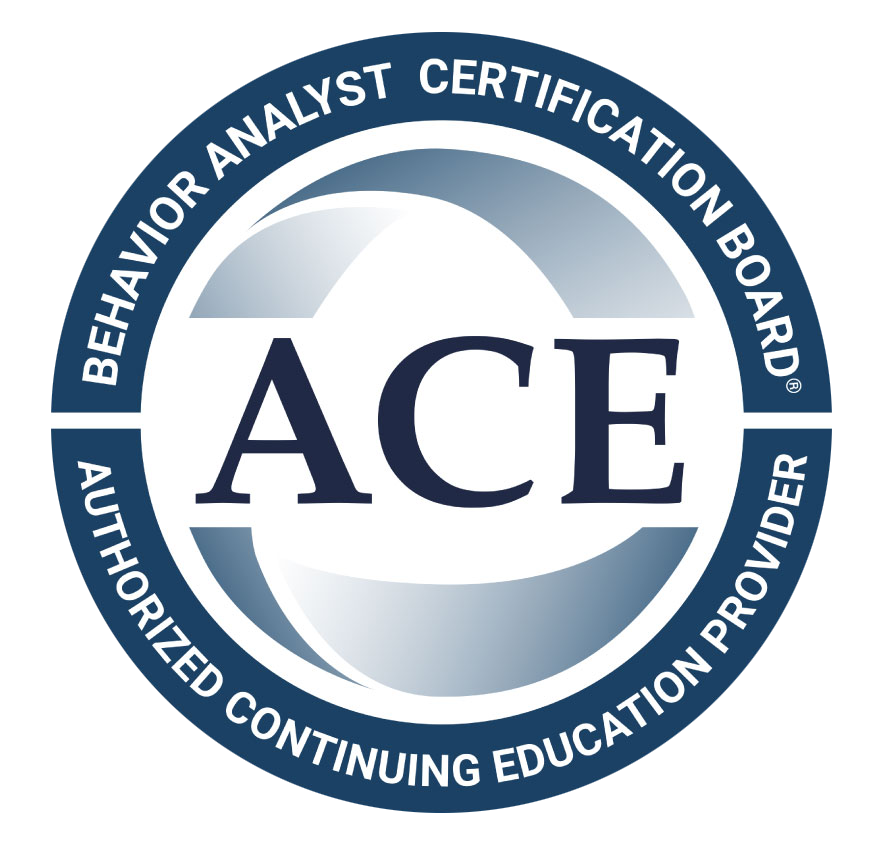Understand Autism Needs
Children on the autism spectrum often face unique sensory challenges in bustling theme parks. Sudden noises, bright lights, and crowded walkways can trigger anxiety or sensory overload. Disneyland Paris recognizes these needs and offers targeted supports to help guests feel comfortable and engaged.
What makes a trip autism-friendly? Understanding common triggers and planning around them can reduce stress and prevent unexpected meltdowns. Families and professionals can work together to map out a balanced itinerary that alternates high-energy attractions with calmer interludes. With the right preparations, the magic of Disney becomes accessible to everyone.
Disneyland Paris strives to create an inclusive atmosphere through staff training, specialized resources, and designated spaces. These accommodations reflect best practices in autism support and align with recommendations from therapists and educators. By tapping into these services, guests with autism and their families can focus on fun rather than navigating sensory hurdles.
Careful planning also sets realistic expectations. Reviewing park maps, building in rest periods, and allowing extra time for transitions can make all the difference. A structured approach ensures that guests with autism enjoy each moment without feeling rushed or overwhelmed.
Understand Priority Access
A key autism-friendly Disneyland benefit is the Priority Card, also known as an Access Card. This document grants cardholders and their accompanying group priority entry to attractions, character meets, shows, and parades. With fewer lines to manage, families can maintain a calmer pace and avoid long waits that might heighten anxiety.
What Is A Priority Card?
The Priority Card is issued by Disneyland Paris to visitors who have a disability or condition affecting their ability to wait in standard queues. It covers guests with autism, hidden disabilities, and other mobility or sensory needs. The card is personalized and lists valid attractions, ensuring staff members recognize and honor its privileges.
How To Obtain The Card
Guests can request a Priority Card at the City Hall desk in Disneyland Park or at the Studio Services desk in Walt Disney Studios Park. They will need to present proof of eligibility, such as a medical document or disability card. A brief discussion with cast members helps tailor the card’s valid entries to each visitor’s needs.
Using The Card Across Parks
Once issued, the Priority Card remains valid for both Disneyland Park and Walt Disney Studios Park throughout the day. Cardholders and their group access attractions without waiting in standard lines. Key benefits include:
- Priority entry to rides and dark rides
- Reserved spots at parades, shows, and character greetings
- Priority seating at certain restaurants and dining experiences
- Access for a predetermined number of accompanying guests
For complete details on the Priority Card process, refer to the overview provided by The Autism Page.
Leverage Sensory Resources
How can sensory-friendly areas ease overstimulation? Disneyland Paris offers a variety of tools and spaces designed to help guests find calm whenever they need a break. By knowing where to go and what to ask for, families can navigate the park with confidence.
Sensory Guides And Quiet Areas
Sensory guides outline quiet zones, low-sensory attractions, and park pathways with minimal crowd flow. These guides are available at Guest Relations desks and certain kiosks. They help visitors identify spaces away from loudspeakers, busy thoroughfares, and congested sensory hotspots.
Quiet areas serve as temporary respite points. They often feature seating, softer lighting, and reduced ambient noise. Guests can head to these spots to regroup between attractions, have a snack in peace, or simply catch their breath.
Noise-Canceling Headphones
For visitors sensitive to sudden loud noises, Disneyland Paris provides loaner noise-canceling headphones at select Guest Relations locations. These headphones reduce ambient noise during parades, firework shows, and high-decibel rides. By mitigating audio triggers, headphones can help maintain focus on the experience instead of overwhelming stimuli.
Sunflower Lanyard Program
Many guests with hidden disabilities choose to wear a sunflower lanyard, a discreet symbol indicating they may need extra assistance or understanding. Cast members trained in hidden disability awareness recognize this cue and provide additional support. Whether guiding a family toward a calm zone or offering extra time to board a ride, the sunflower lanyard enhances communication and comfort.
Sensory Resources Table
| Resource | Availability |
|---|---|
| Sensory Guide | Guest Relations and select information kiosks |
| Quiet Areas | Designated calm zones throughout both parks |
| Noise-Canceling Headphones | Guest Relations loan at Disneyland Park first |
| Sunflower Lanyard Program | Request at Guest Relations or wear personal |
Additional tips for accessing sensory resources can be found in the detailed guide by Edukania.
Implement Visual Supports
What visuals help build excitement and ease transitions? Visual schedules and story-driven materials prepare children for what lies ahead, turning uncertainty into anticipation.
Countdown Calendars
A simple countdown calendar marks the days until the Disneyland trip. By crossing off each day, children see progress and know exactly how many sleeps remain. This slow reveal can reduce anxiety tied to unpredictable schedules and build positive excitement in small, manageable steps.
Park Maps And Visual Schedules
Custom visual schedules pair park maps with icons representing key attractions, rest breaks, and mealtimes. Laminated or digital versions can be reviewed during travel and at the park entrance. By seeing a sequence of events, guests with autism know what to expect next, reducing stress around unanticipated changes.
Storytelling Through Videos
Watching brief ride-through videos or park overview clips helps familiarize children with sights and sounds before arrival. Parents can pause and discuss each segment, pointing out favorite characters or explaining quiet areas. This pre-exposure strategy aligns with evidence-based practices for autism-friendly outings.
Explore Inclusive Shows
Which performances deliver magic without sensory overload? Disneyland’s parades, stage shows, and character meet-and-greets all offer options for guests who need a gentler experience.
Parade Viewing Areas
Priority Card holders gain access to reserved parade viewing spots with limited crowds and lower noise levels. These areas allow families to enjoy floats and performers from a comfortable distance. Remaining seated on the curb or in designated seating zones helps reduce sensory intensity.
Character Meet And Greets
Character encounters can be adapted to each child’s comfort level. With the Priority Card, families access shorter wait times and shaded meeting locations. Guests who prefer nonverbal interactions can take photos at a respectful distance or wave through barriers rather than engaging in loud, close-up interactions.
Themed Photo Spots
Photo locations featuring iconic backdrops like Sleeping Beauty Castle and Pixar characters often have quiet windows of availability. By visiting early in the day or during show performances, families encounter fewer crowds and capture memorable images without sensory overload.
Coordinate With Professionals
Why involve therapists in trip planning? Collaboration among families, ABA therapists, and educators helps tailor the visit to each guest’s individual needs.
Therapist Collaboration
Applied Behavior Analysis (ABA) therapists can design pre-visit social stories and reinforcement schedules that align with park activities. They may recommend specific breaks after high-stimulation rides or suggest gradual exposure to more intense attractions. With professional input, families build strategies that maintain progress toward communication and social goals.
Educator Partnerships
Educators and school support staff bring insights on communication styles, visual support preferences, and effective deescalation techniques. By sharing individualized education plan (IEP) accommodations, school personnel contribute tools that translate directly to the theme park environment. This seamless approach ensures consistency between familiar settings and the new, exciting world of Disneyland.
Family Experience Snapshot
The Miller family from North Carolina spent months preparing for their autism-friendly Disneyland adventure. They used a laminated visual schedule, practiced waiting in mock queues, and borrowed noise-canceling headphones for practice sessions at home. On arrival, the Priority Card allowed them to hop between favorite attractions without long waits, and they discovered a quiet garden near Alice’s Curious Labyrinth that became their go-to rest spot.
Without these supports, the Millers say their trip would have been overwhelming. Instead, their child greeted each new ride with enthusiasm and confidence. By blending professional guidance with park resources, they created an experience that balanced excitement and calm, resulting in lasting memories rather than burnout.
Conclusion
Visiting an autism-friendly Disneyland means more than accessing rides with fewer lines. It involves embracing a suite of supports—Priority Cards, sensory resources, visual tools, and professional collaboration—that work together to create a welcoming environment. By understanding each element and planning intentionally, families can transform a potentially stressful outing into a truly magical day.
Parents, therapists, and educators in North Carolina and beyond can use this guide to coordinate efforts, gather supplies, and rehearse strategies. The next step is simple: request a Priority Card, assemble visual schedules, and review sensory guides before departure. With these elements in place, the wonder of Disney becomes accessible to every guest, regardless of sensory or communication challenges.
At Connect n Care ABA, we understand that meaningful memories, like a trip to Disneyland, begin with preparation and support. Our experienced team helps families in North Carolina build the tools and confidence needed to navigate public spaces with ease. From practicing social stories to simulating theme park routines, we partner with you to make outings like these not just possible, but enjoyable.
Reach out to us today to learn how our in-home ABA services can support your child’s sensory, social, and communication needs whether you’re headed to Disneyland or just the local grocery store.
Frequently Asked Questions
How can I prepare my autistic child for a theme park visit?
Use visual schedules, social stories, and role-playing to reduce anxiety. Practice waiting in line and talk about sensory expectations ahead of time.
Does Disney offer autism accommodations?
Yes. Disneyland offers Disability Access Service (DAS) and sensory-friendly spaces. You can request accommodations online or at Guest Relations in the park.
Can ABA therapy help with outings like Disneyland trips?
Absolutely. ABA can target goals like waiting, transitions, coping with crowds, and following safety rules, making community outings more successful and less stressful.
SOURCES:
https://undivided.io/resources/2025-disability-friendly-summer-camps-los-angeles-area-2730
https://www.theautismpage.com/disneyland-paris/
https://edukania.com/sensory-friendly-theme-parks-where-to-go-and-what-to-expect/
https://disneyland.disney.go.com/guest-services/neurodivergent/
https://www.autismspeaks.org/blog/disneyland-autism-guide
https://www.reddit.com/r/Autism_Parenting/comments/1b27q0y/disneyland/
https://www.undercovertourist.com/blog/sensory-breaks-disneyland/









